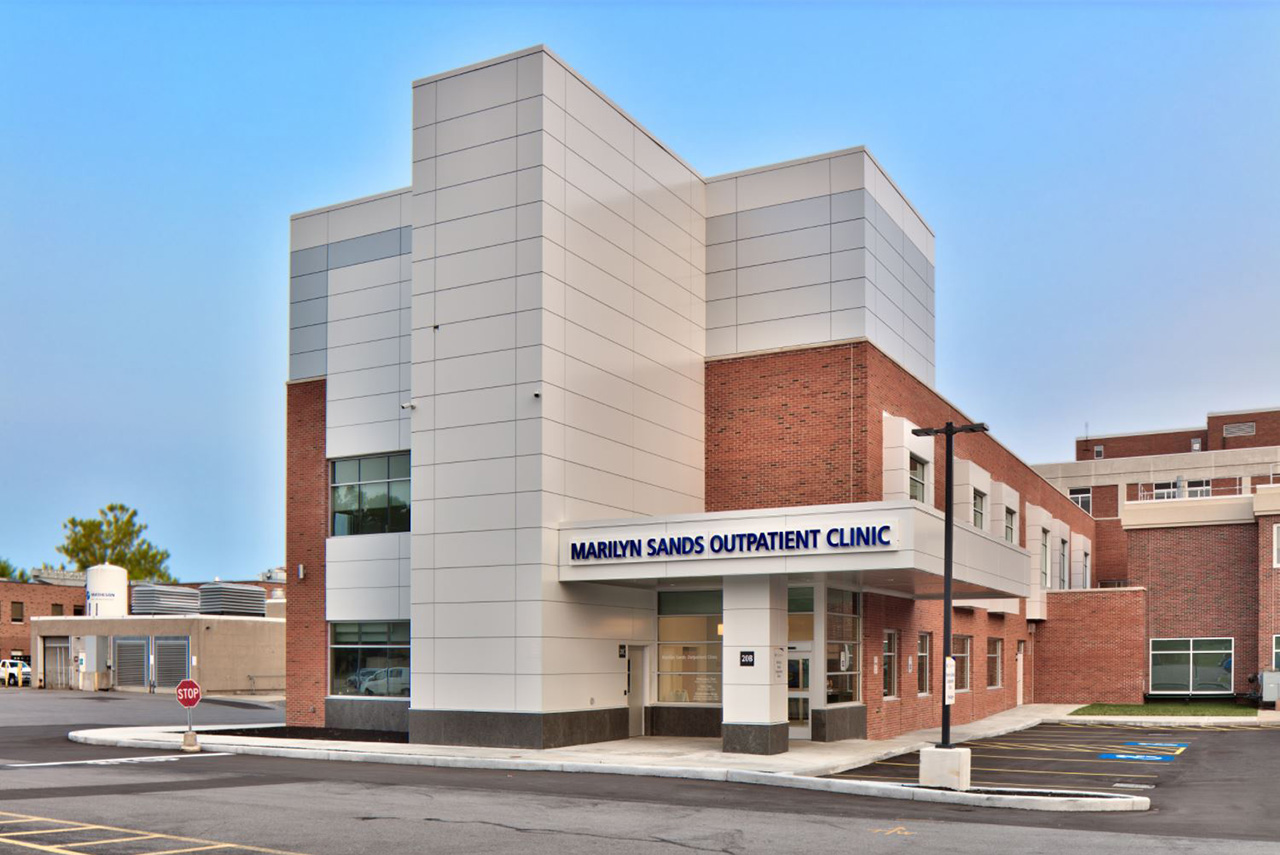Trigeminal Neuralgia
Make Appointments & Get Care
What Is Trigeminal Neuralgia?
Trigeminal neuralgia (also called tic douloureux and commonly referred to as "the suicide disease") is a condition that affects the trigeminal nerve, which delivers sensation to the face and surface of the eye. It causes intense pain on one side of the face, usually around the eye, cheek, lips, and lower part of the face.
Trigeminal neuralgia is not easily controlled and there is no cure. It is estimated that 1 in 15,000 people suffer from trigeminal neuralgia, although the actual figure may be significantly higher due to frequent misdiagnosis. It is more common in females than males.
What Are the Symptoms of Trigeminal Neuralgia?
Symptoms include severe, sharp episodes of facial pain on one side of the face, affecting one or more divisions of the trigeminal nerve, often precipitated by talking, chewing, eating, washing, brushing teeth, shaving, wind, and other tactile stimuli.
What Causes Trigeminal Neuralgia?
Trigeminal neuralgia can be caused by a blood vessel pressing against the nerve, or by demyelination in patients with MS. Infrequently, it may be caused by a growth in the back of the skull. In some patients, no cause can be found.
How Is Trigeminal Neuralgia Diagnosed?
Your provider will likely use magnetic resonance imaging (MRI) to help rule out other conditions. In some patients, a vessel is seen pressing against the trigeminal nerve.
UR Medicine's Treatments for Trigeminal Neuralgia
Our nationally recognized, highly trained team of medical and surgical experts will work together to fully assess your pain and provide all treatment options. These may include medical treatments, surgical, or a combination. Our goal is to get you on the road to an improved quality of life, where pain no longer dominates your day.
Certain medication can help reduce the pain and the rate of attacks, in particular antiepileptic drugs (carbamazepine or oxcarbazepine, gabapentin, phenytoin) or baclofen. When symptoms do not respond enough to medical therapy, surgery can help, including:
- Percutaneous Rhizotomy
- Microvascular Decompression
- Stereotactic Radiosurgery
What Sets Us Apart?
UR Medicine is a world-class medical center and leading academic institution. Our providers offer outstanding patient-centered care and conduct breakthrough research in neurology. We offer advanced treatments that are not available at most hospitals.
Locations
View All LocationsWe serve you in the Rochester metropolitan area and surrounding region.
View All Locations5 locations
2180 South Clinton Avenue
Rochester, NY 14618
Noyes Memorial Hospital
111 Clara Barton Street, Suite 178A
Dansville, NY 14437
Marilyn Sands Outpatient Clinic
395 West Street, Door 20B
Canandaigua, NY 14424
1340 Washington St, Suite 3
Watertown, NY 13061

